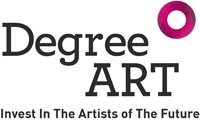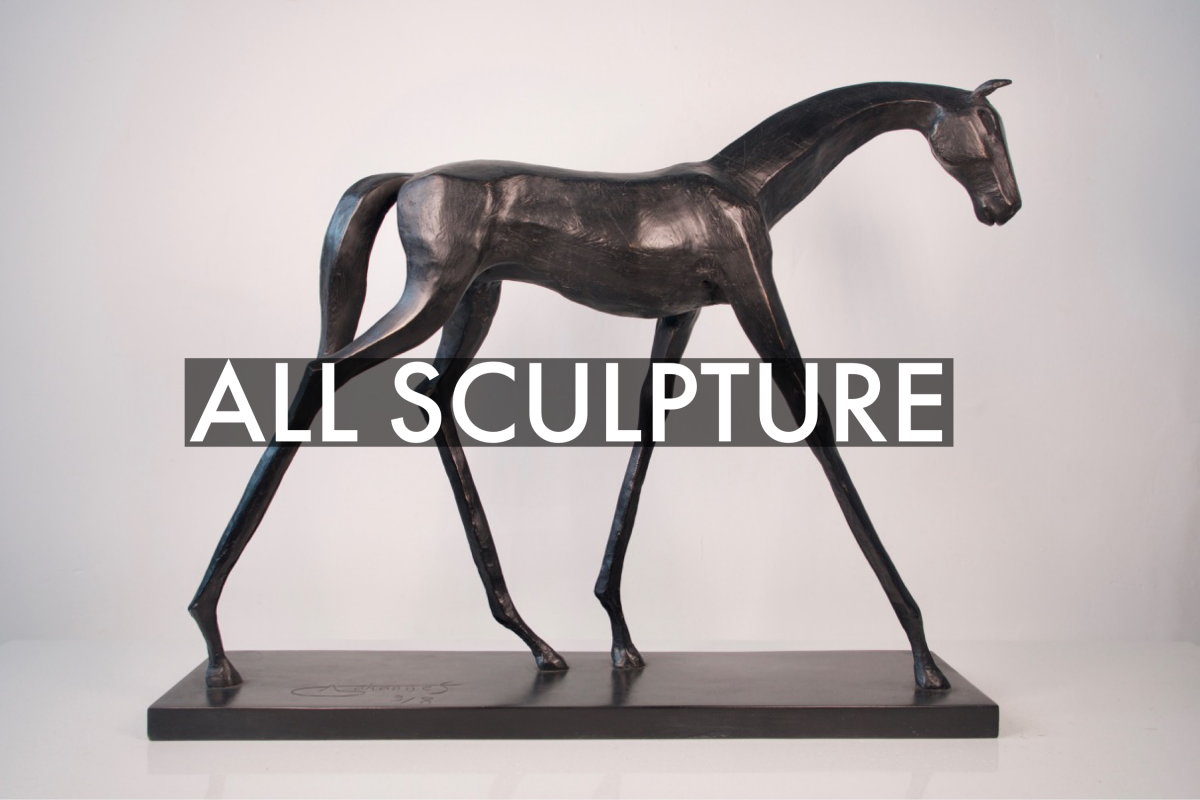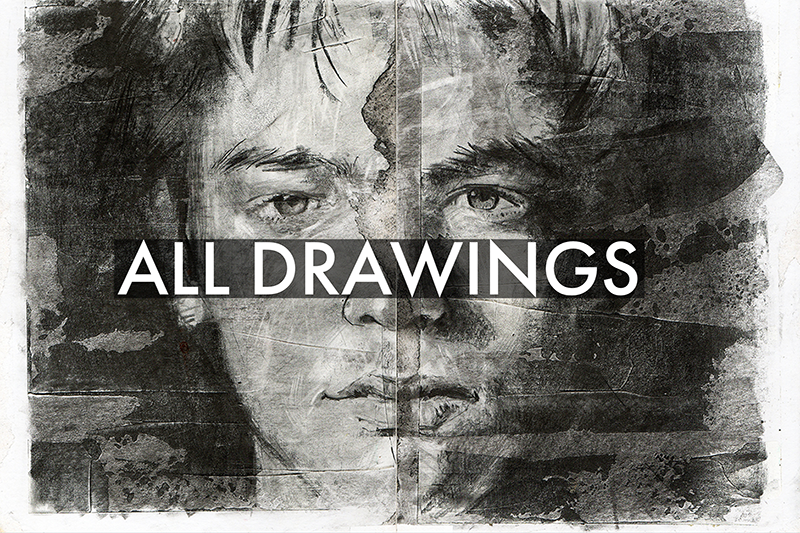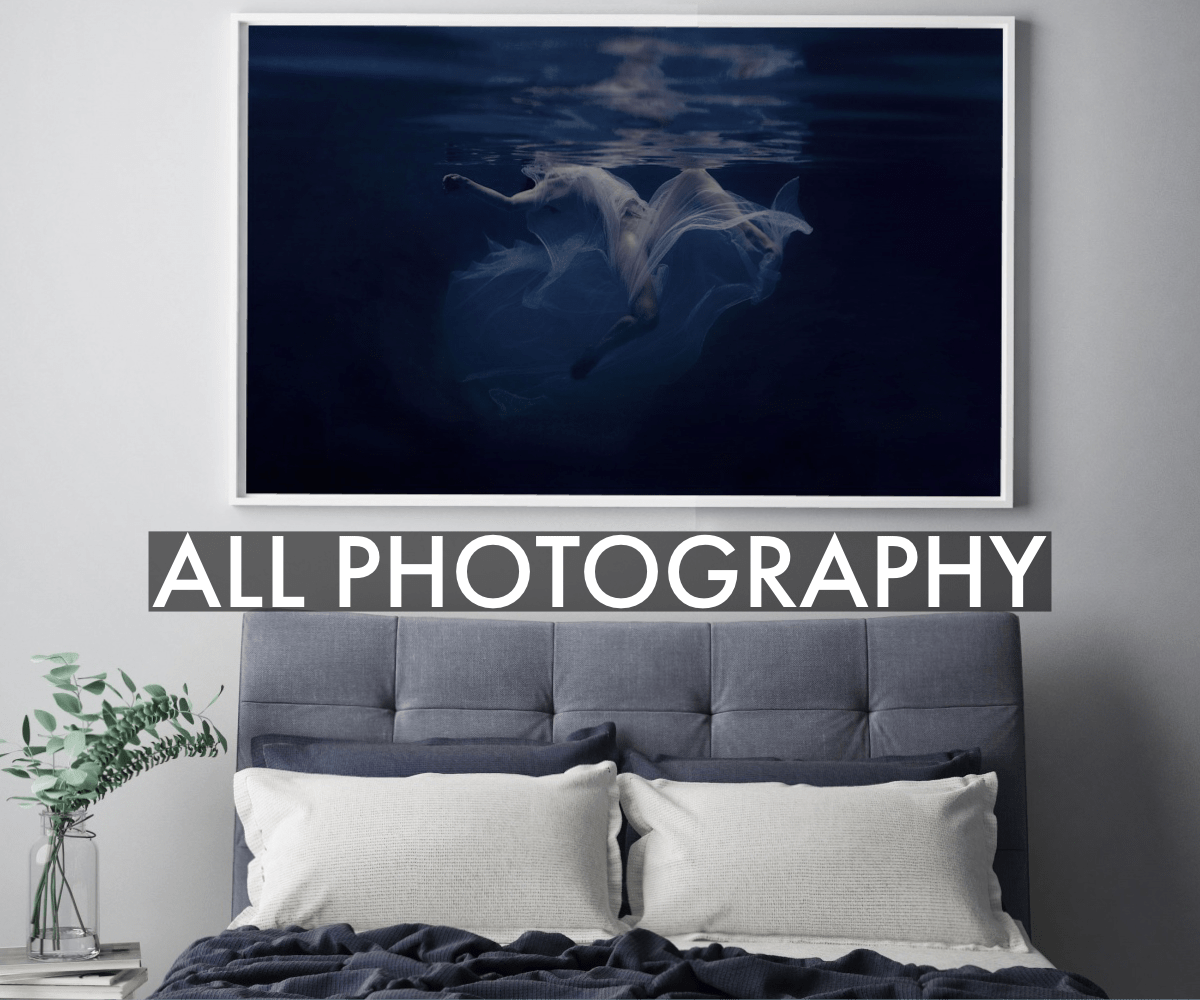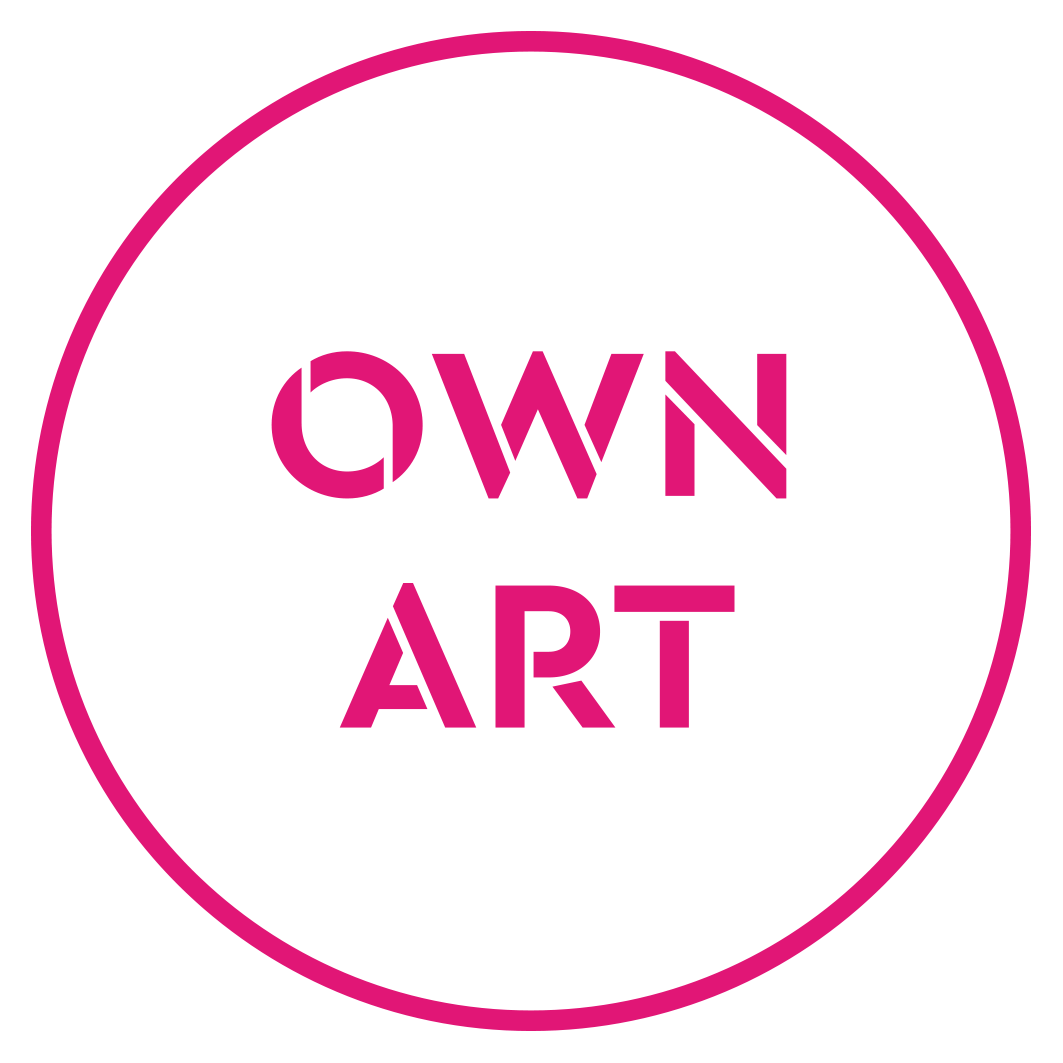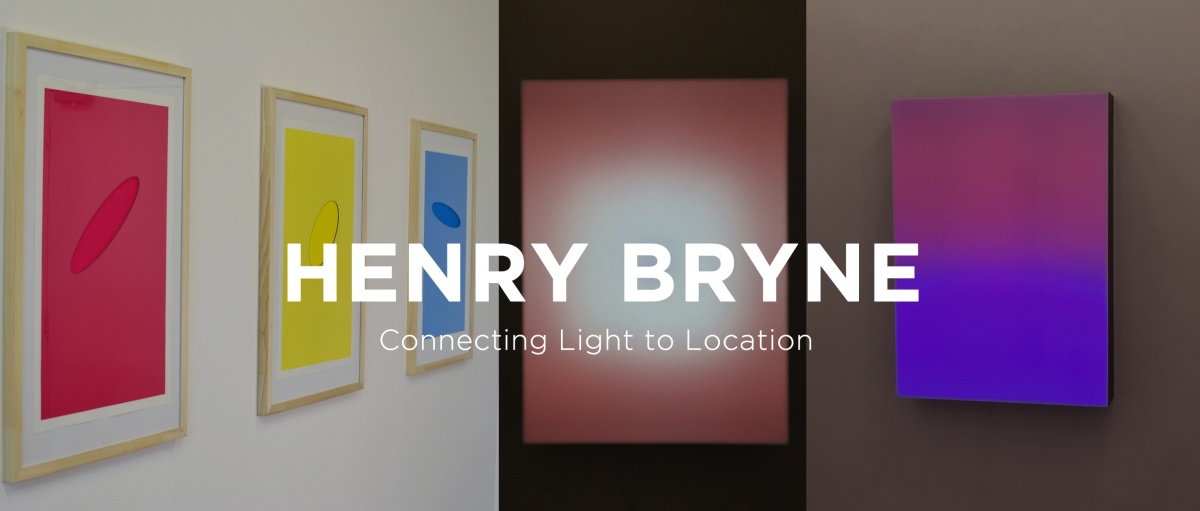
Henry Byrne is interested in how different types of light and colour creates a sense of place. It can dictate the cuisine, sleeping habits, the vegetation and the temperament of a culture. Byrne uses light in his artwork to try and capture unique localities to give viewers the insight into an alternative place, and by extension to build an understanding of difference and similarity between diverse locations.
1) Which art movement do you consider most influential on your practice?
The Zero art movement.
2) Where do you go and when to make your best art?
The situation of my art is not based on a specific area. Ideas evolve and I am open to this so I like to draw in different places to allow different opinions thoughts to influence my ideas. Although I would say the time of day is an element that makes an area more or less appealing.
3) How do you describe your 'creative process'?
4) Which artist, living or deceased, is the greatest inspiration to you?
Good question. I do not draw much aesthetic inspiration from artists as It is a secondary source of information and I feel if art is inspired by the aesthetic of art it will inevitably be detached. I tend to enjoy art that is very thought provoking and fun. That engages either physically or takes you out of yourself to see ideas and feelings in a clearer way. This is the area of inspiration I take from other artists. I love Christoph Buchel work, Anthony Mccall, Olafur Eliasson as well as the Zero group as a whole contemporary movement. Deceased artists that have inspired me are Arshile Gorky, Anthony van Dyke, Yves Klein, Stanley Spencer, Paul Nash, and J.M.W. Turner. To name but a few.
5) If you weren't an artist, what would you do?
I would be a graphic designer I would say. Or an architect.
6) What do you listen to for inspiration?
I really like 80's music currently keep the energy up in the studio it can get quite dull and it's great to dip into different obscure bands. Spotify is awesome. Music is very important in my process. I used to be quite orthodox and demand silence but I am more aware of its benefits now.
7) If you could own one artwork, and money was no object, which piece would you acquire?
Umm. I think I am going to base this on a painting that I have seen and had a lasting impact on me which is Anthony van Dyck 'Portrait of Cornelis van der Geest' allowed me to realise that humans have not changed that much over time. People then had the same desires as people have now. It is a really fantastic painting and a good thing to be reminded of.
8) If your dream museum or collection owner came calling, which would it be?
In terms of a collector, I have no preference currently. Though to be included in the Fisher Collection would have been nice. Gallery Ringel in Dusseldorf is very good. Lisson Gallery is also very good.
9) What is your key piece of advice for artists embarking on a fine art or creative degree today?
Get a part time job.
10) What is your favorite book of all time (fiction or non-fiction)?
This is a big question. I don't know. However, I am loving Art and Therapy by Alan de Botton. It makes me realise I am not as strange as I thought I was.
11) If you could hang or place your artwork in one non-traditional art setting, where would that be?
I would love to show my stuff to people who have not experienced light from the Middle East, so in places like Stockholm in winter where people are starved of daylight.
12) What was the biggest lesson your university course or time studying taught you?
Think about using different materials that will make your point more accessible.
13) And finally, if we were to fast forward 10 years, where would we find you?
Having three shows a year internationally, being suggested for big commissions internationally and for my ideas and theories to be accepted by my peers, galleries and the public.
